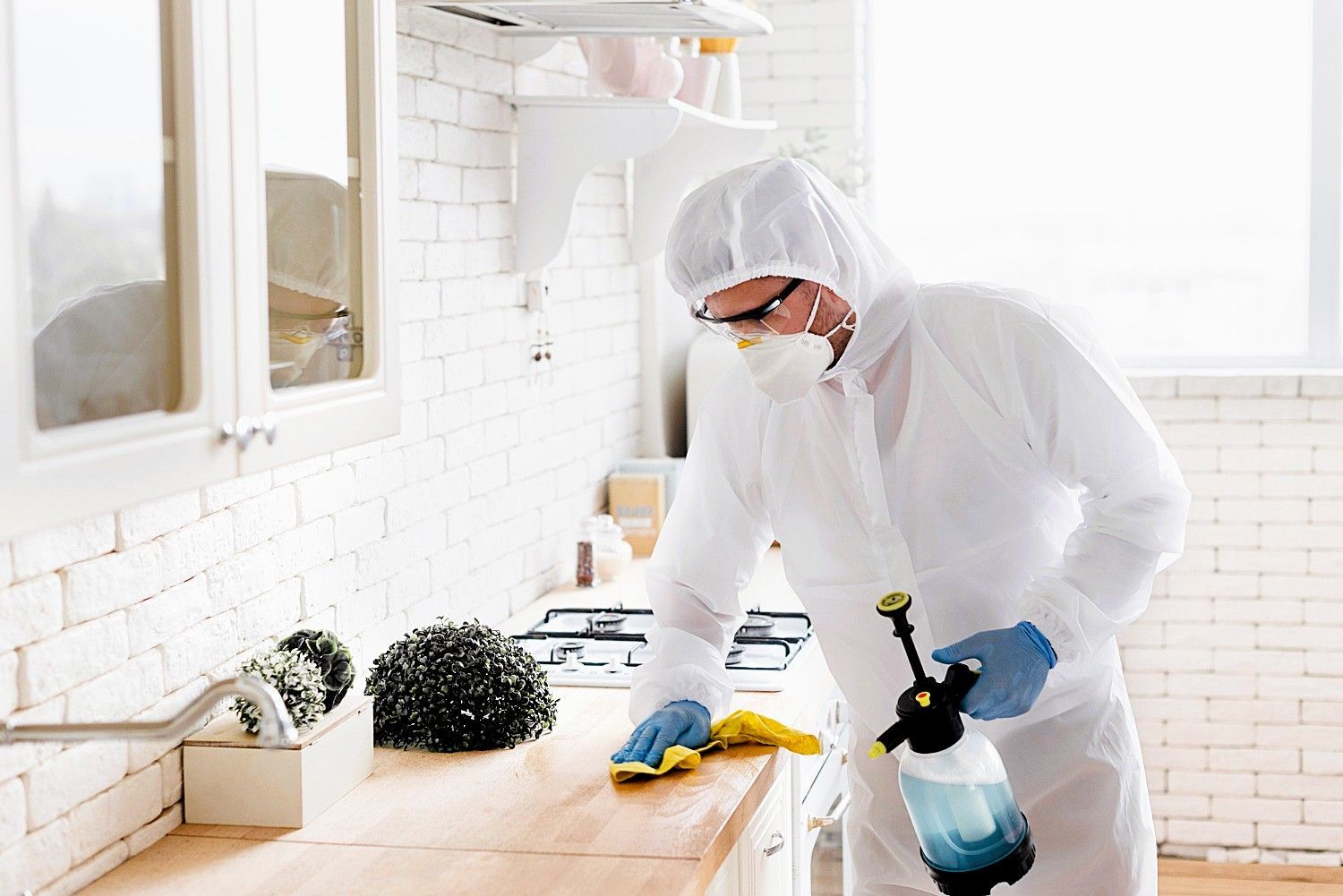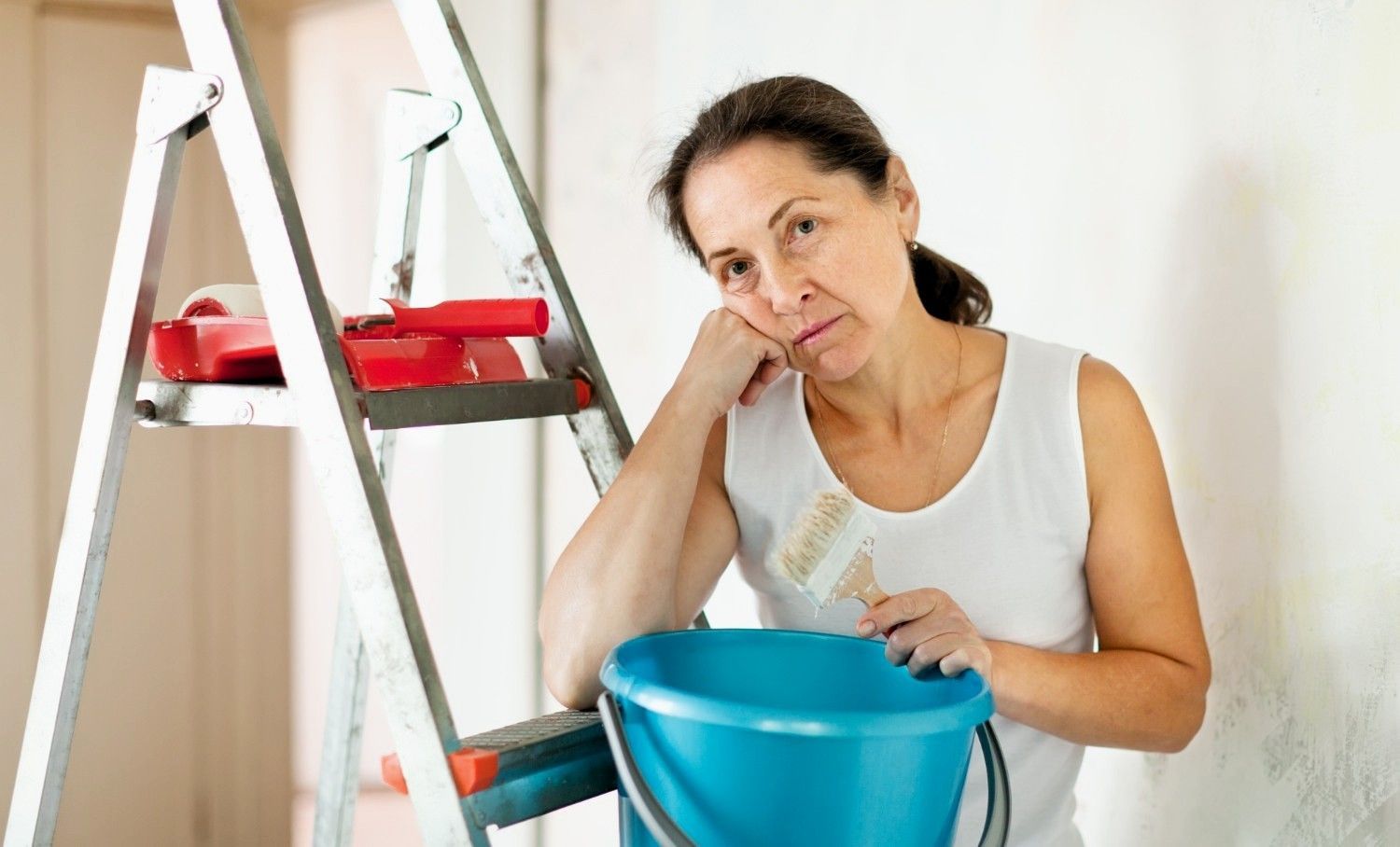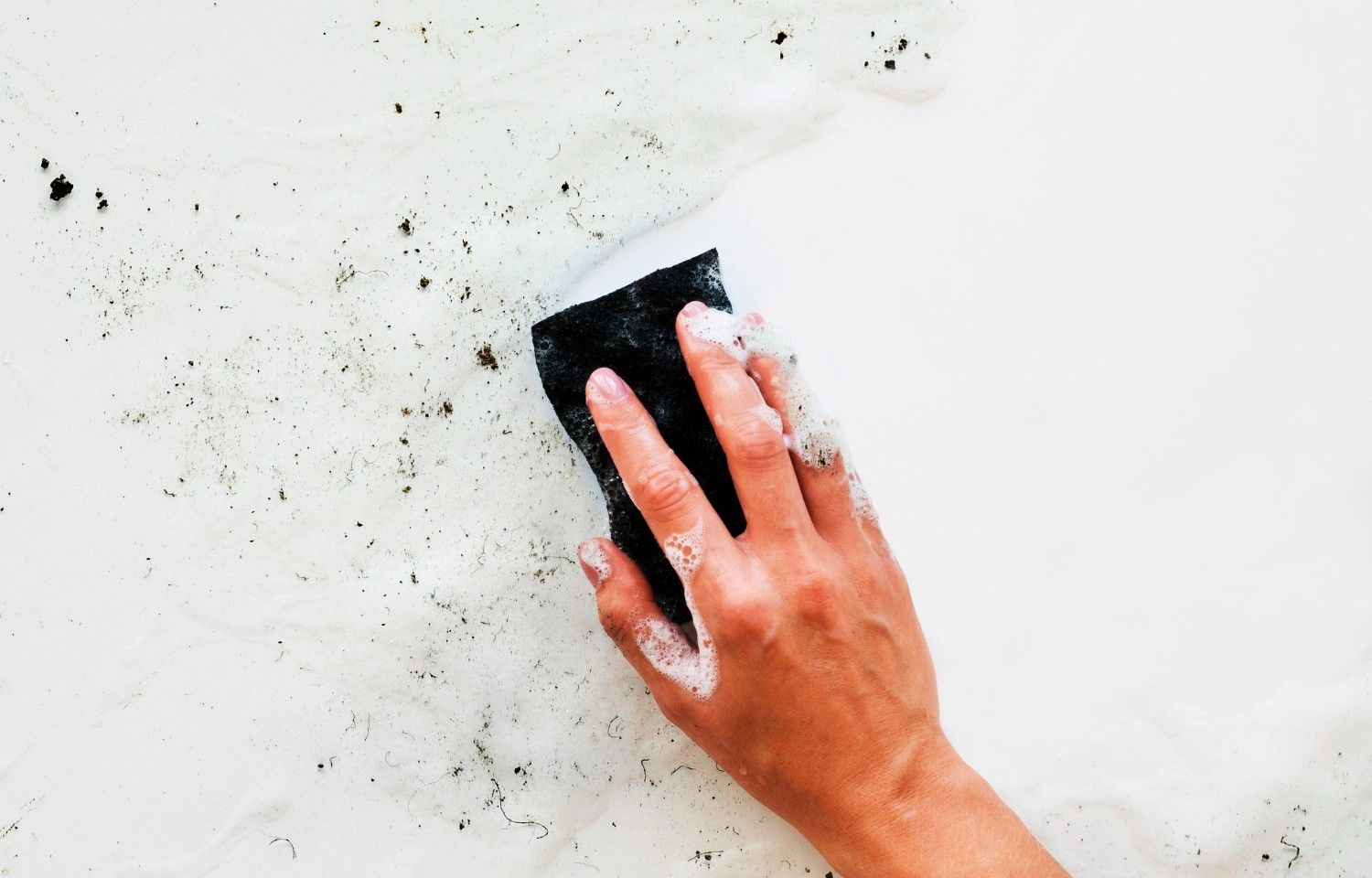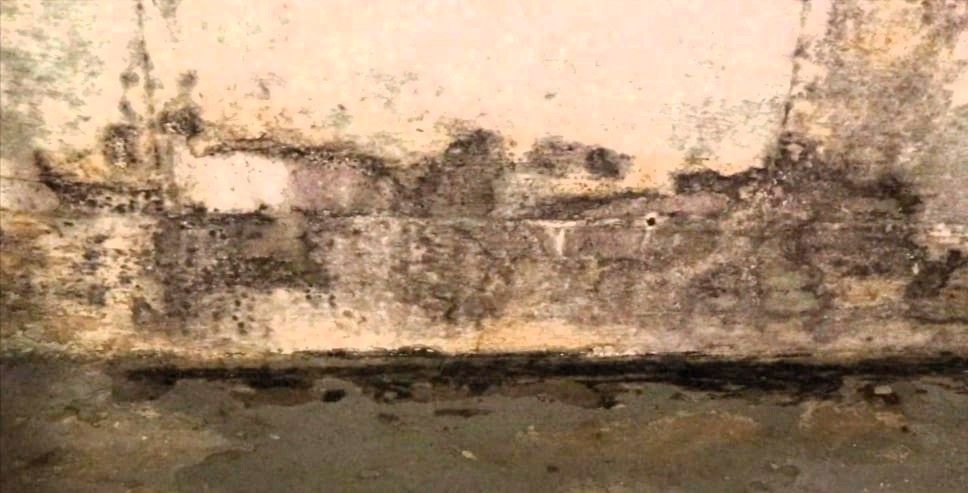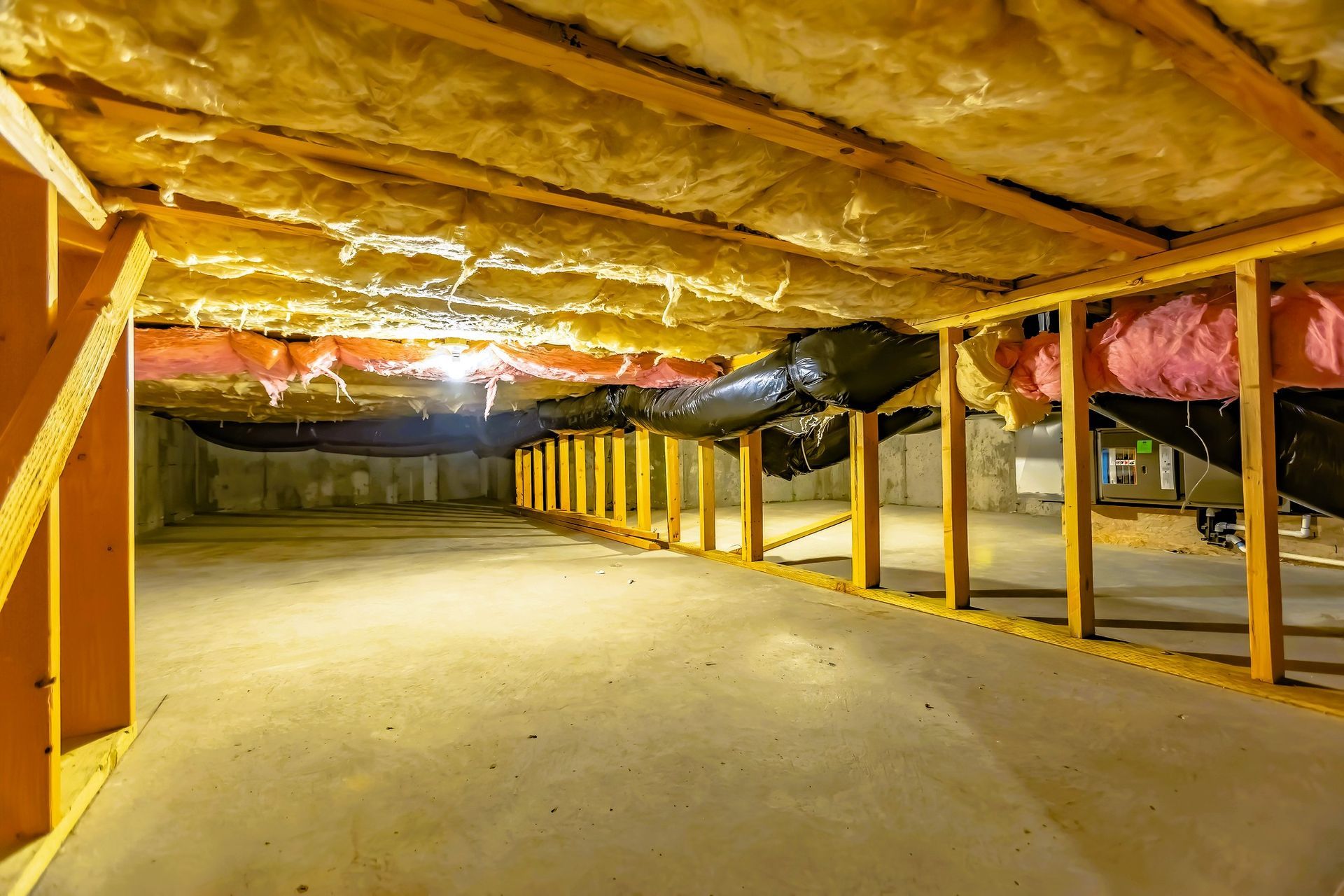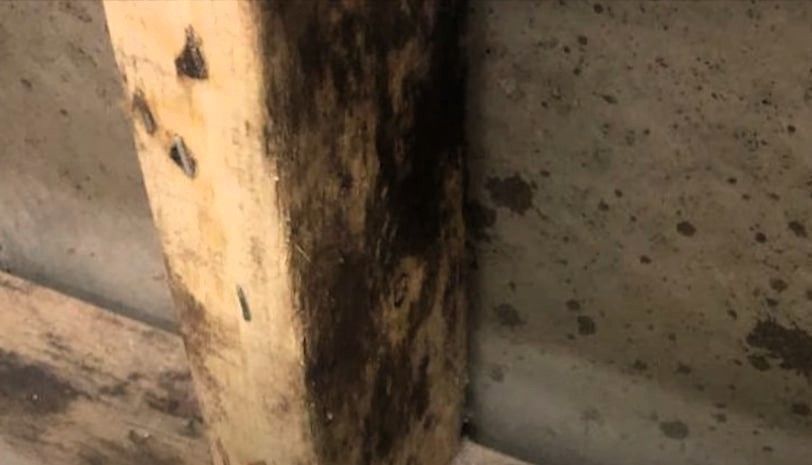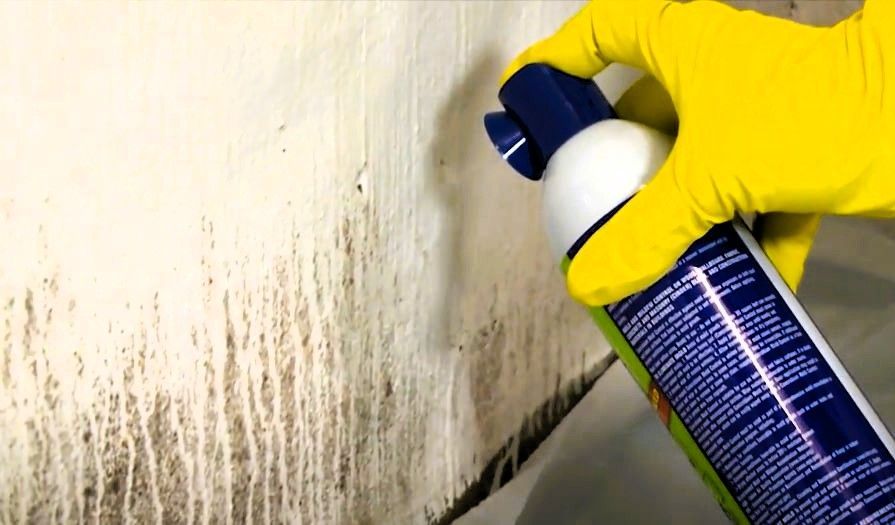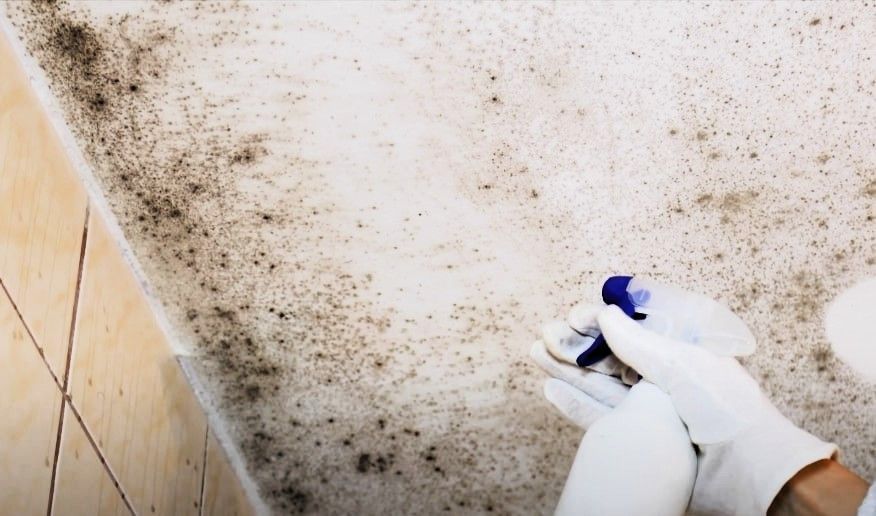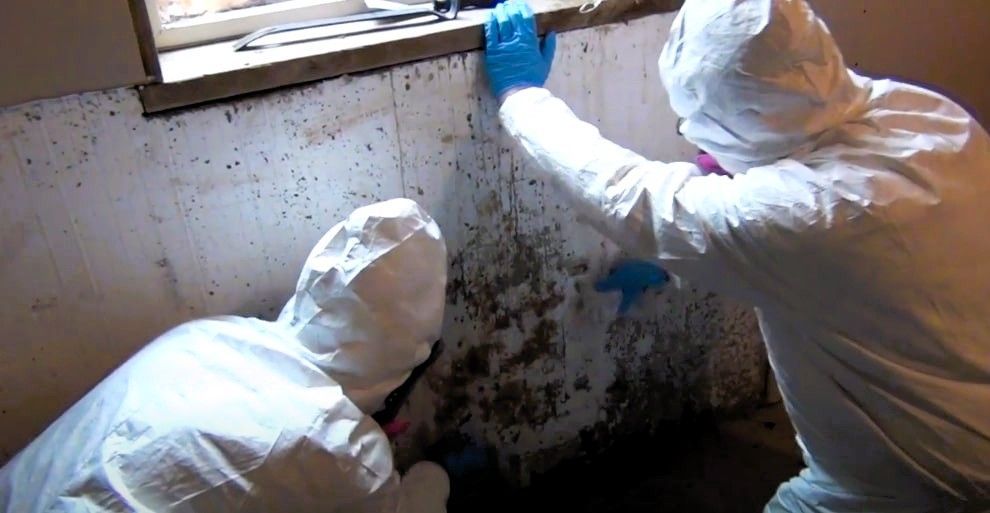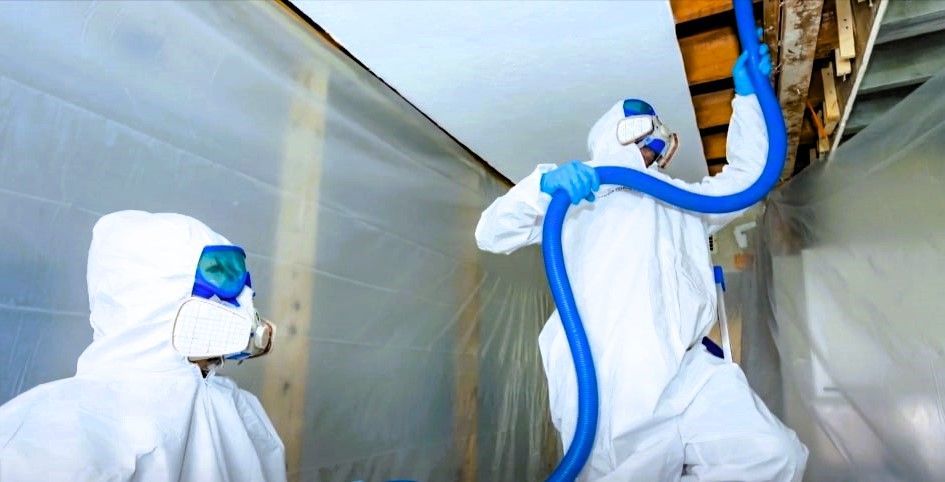How to Prevent Mold Growth in Your Pipes and Drains
Keep your pipes and drains mold-free!
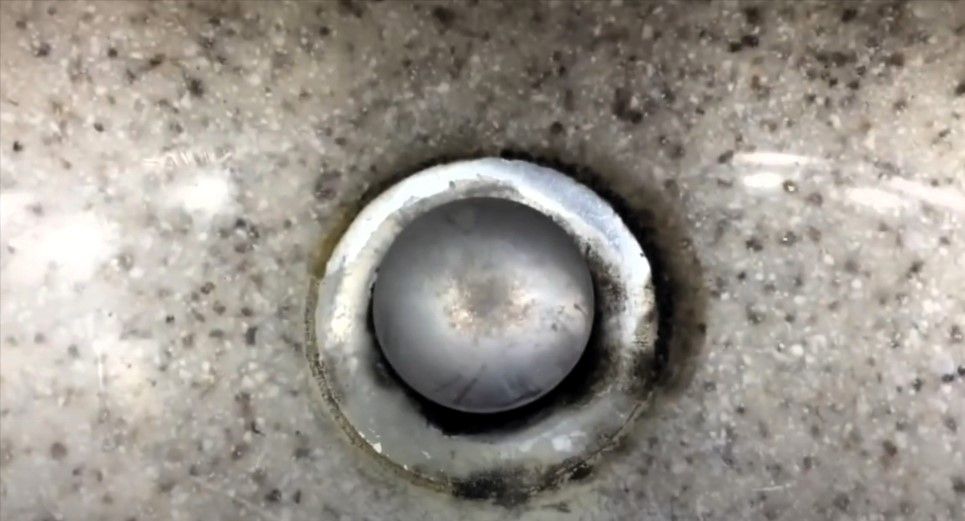
The trouble with mold is that it can creep into your home over weeks or even months without you noticing. Homeowners are usually aware of mold problems in the basement, attic, or bathroom, but many don’t realize that their pipes and drains can also become infected with this annoying fungus. In this post, we’ll explain why your pipes and drains can be a source of mold growth and provide useful tips on how to prevent it.
What Causes Mold to Grow in the First Place?
There are several types of fungus called mold, but in general, they grow in environments where there is high moisture. To grow mold, you need moisture, oxygen, nutrients, darkness, and warmth. Pipes and drains, especially in kitchens and bathrooms, provide these ideal conditions. The most crucial ingredient is moisture, whether from a leaking pipe or dampness that has persisted over a long period. Add darkness and warmth—often found in enclosed spaces like pipes—and mold is likely to grow unnoticed for a long time. Oxygen, needed in small amounts, is ever-present and supplies the vital sixth ingredient on the mold’s checklist.
What Are the Food Sources of Mold?
There is ample small food in the home: in the kitchen, tiny scraps of food washed down a drain supply an excellent nutritional source; grease and crumbs are a feast for mold spores. The bathroom is just as susceptible; dead skin cells and hairs caught in a drain offer plenty of food. These tiny particles escape our notice even when we meticulously clean our homes. If left behind, they accumulate slowly and become food for mold. As crucial as it is to keep drains clear, it is even more important to regularly remove potential food sources before they become available to mold.
What Are Some Ways to Prevent Mold in Pipes and Drains?
Clean the Pipes and Sink Drains
Keeping your pipes and drains as clean as possible is your first line of defense. The easiest method is to use boiling water, which dissolves and flushes away build-up. Another common household remedy is a mixture of baking soda and vinegar. Pour the baking soda down the drain, followed by the vinegar; the mixture bubbles and foams, scraping residue off the pipes. Clean your drains this way every week to prevent a moldy foothold in your home. Bleach is a good disinfectant but should be avoided when cleaning drains since it can damage the pipes over time.
Open Doors and Windows
Ventilation is one of the major drivers of mold growth. Opening doors and windows as often as possible when the weather is right can help the house to air out. Using exhaust fans in the kitchen and bathroom during cooking or showering can also make a difference. Ensuring these areas are well-ventilated reduces one of the most essential elements of mold growth. Using portable fans can also help to increase airflow, particularly in areas like basements or attics that are only sometimes visited.
Invest in Dehumidifiers
Dehumidifiers can be very useful for reducing indoor humidity by extracting water from the air. Placing these devices in areas prone to becoming wet and humid, such as bathrooms or basements, can greatly decrease the chance of mold growth. The cost of a dehumidifier is often recouped quickly, especially in humid climates or seasons, and most of these devices come with settings for the humidity level—so you can set it and forget it if you want to maintain the ideal environment.
Can You Have Mold in the Water?
Yes, stagnant water can develop mold (freshwater). Homes that draw their water from private wells might have a higher risk of mold in their water than those on municipal supplies. Mold in drinking water can be harmful if ingested over time. Those with their own well should check their water supply periodically for contaminants, including mold. In contrast, water from municipal systems is tested and treated regularly, meaning that the risk of mold is very low.
Why Is It Important to Counter the Mold?
Mold exposure can cause mild to serious symptoms, including respiratory illnesses, allergic reactions, and skin irritations. In extreme cases, individuals with asthma or other respiratory conditions or those with compromised immune systems could experience more severe consequences. Thus, whether due to health risks or not, having mold inside your home can lead to structural damage that costs far more to repair than taking action at the first signs of trouble.
Where Else Could Mold Grow?
Mold can thrive in numerous areas beyond pipes and drains. Other common “mold hotspots” in the home might include basements, attics, and behind walls where leaking is known or suspected. Additionally, places like closets or storage rooms, where air doesn’t circulate and humidity levels are retained, can also become breeding grounds for mold. Regular inspections of these spaces for moisture accumulation or leaks, along with prompt remediation and improved air circulation, can prevent mold from taking hold in these inaccessible areas.
What If You Suspect an Ongoing Mold Problem?
If you suspect a mold problem that exceeds the scope of a DIY fix, seek out a professional. Mold inspectors or remediation services can assist you at this point. Mold grows where moisture accumulates, and addressing the source quickly is vital in slowing its growth. Don’t ignore signs of mold, even minor ones, as professionals have both the equipment and expertise to resolve these issues effectively. You don’t want to risk your home environment; experts know how to eliminate the problem for good.
Bottom Line: Stop Mold Growth in Pipes and Drains
Preventing mold growth is always easier, cheaper, and more satisfying than tackling an infestation. By understanding the factors that contribute to mold in drainage pipes, homeowners can apply preventative measures to ensure their homes remain safe and healthy. Regular cleaning, ventilation, and moisture control are your primary strategies.
For more information, homeowners can
consult professionals like Grand Rapids Mold Relief to ensure peace of mind regarding the absence of mold in their homes. Please don’t wait until it’s too late!
